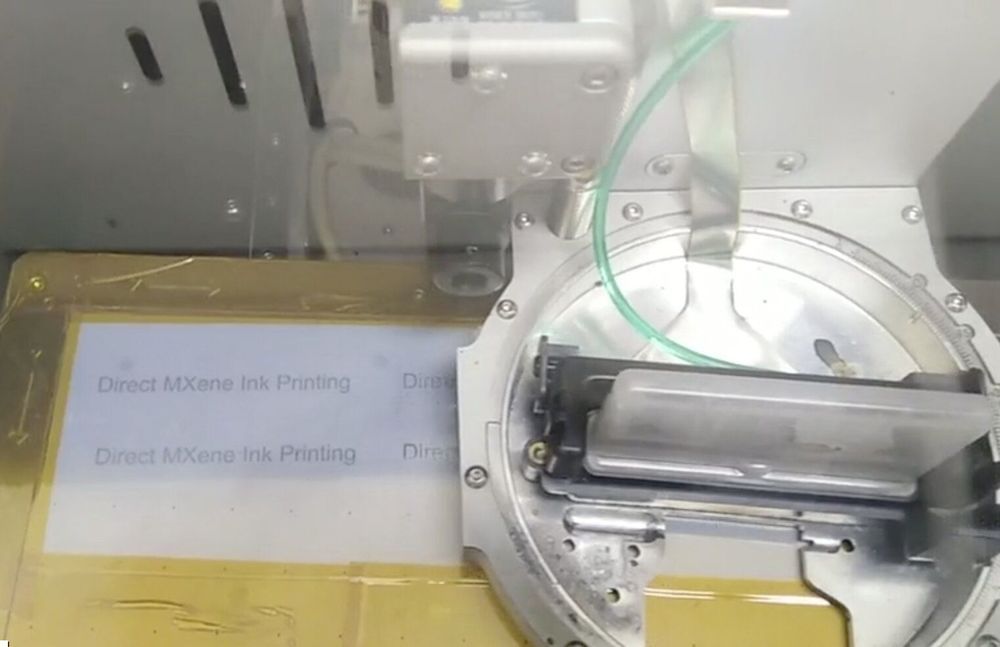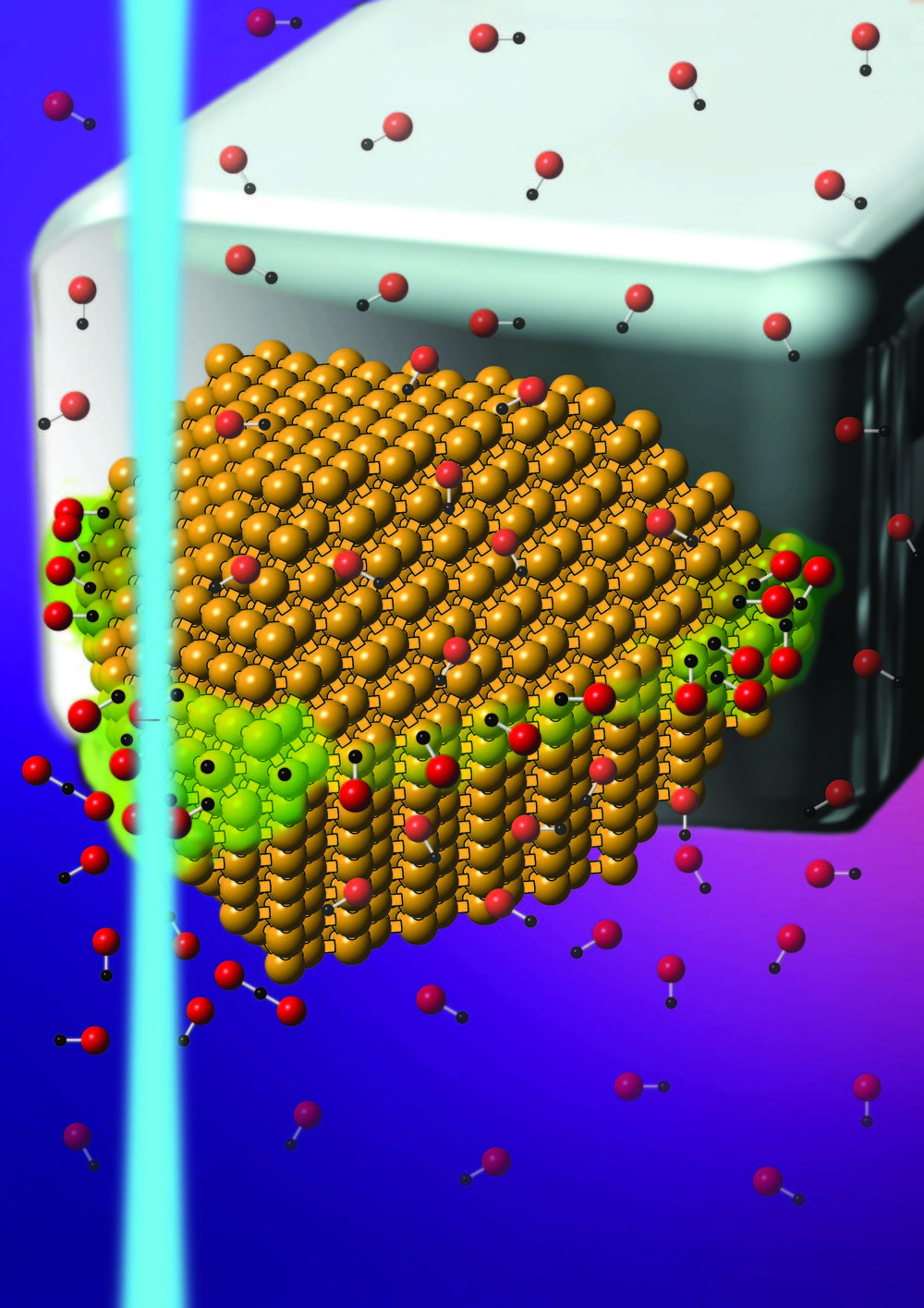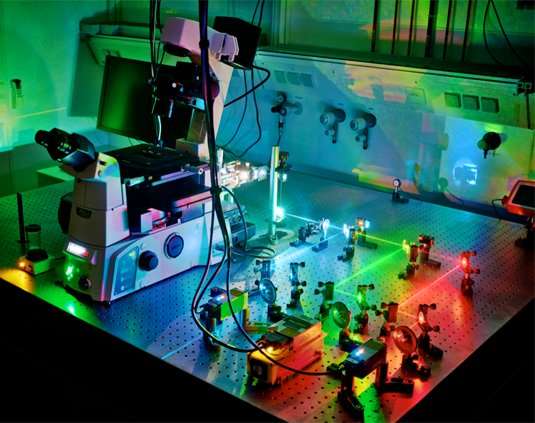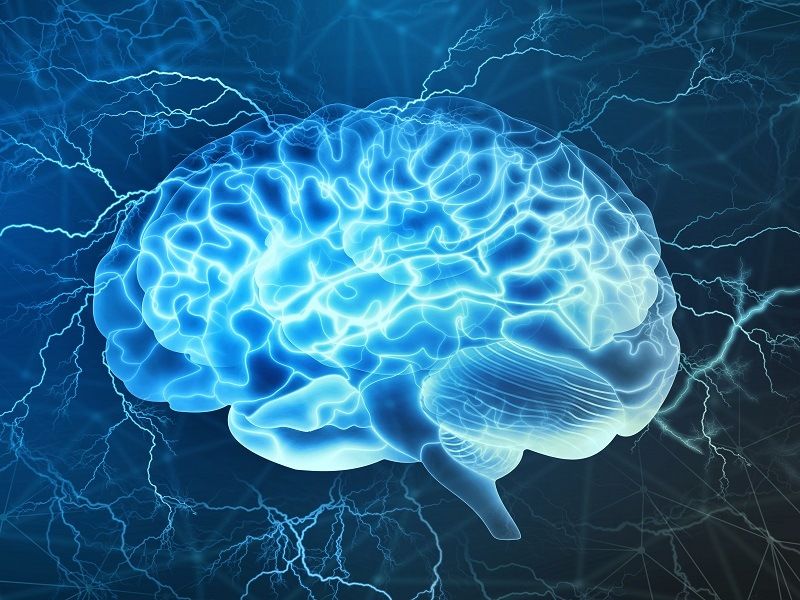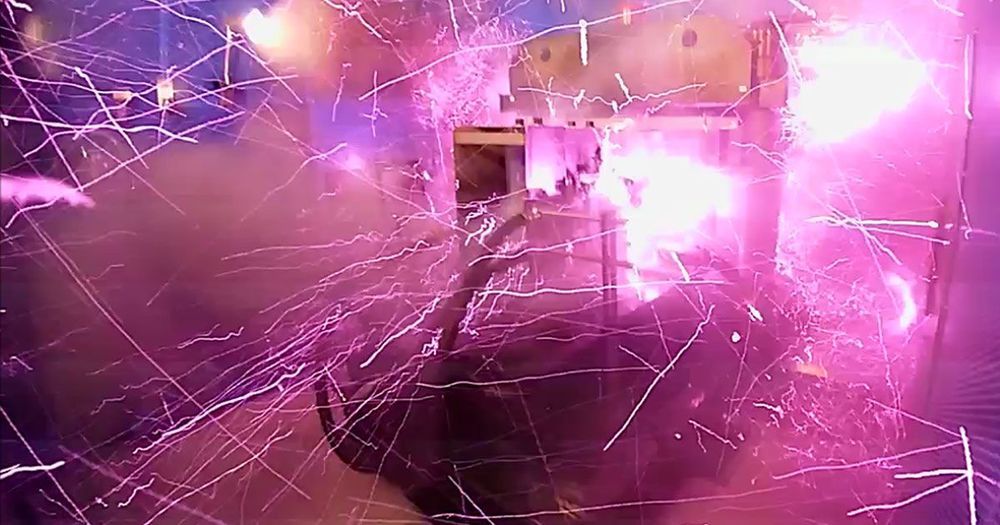Apr 18, 2019
Researchers develop new variant of Maxwell’s demon at nanoscale
Posted by Xavier Rosseel in categories: biological, nanotechnology, quantum physics
Maxwell’s demon is a machine proposed by James Clerk Maxwell in 1897. The hypothetical machine would use thermal fluctuations to obtain energy, apparently violating the second principle of thermodynamics. Now, researchers at the University of Barcelona have presented the first theoretical and experimental solution of a continuous version of Maxwell’s demon in a single molecule system. The results, published in the journal Nature Physics, have applications in other fields, such as biological and quantum systems.
“Despite its simplicity and the large amount of work in the field, this new variant of the classical Maxwell demon has remained unexplored until now,” notes F\xE8lix Ritort, professor from the Department of Fundamental Physics of the UB. “In this study, we introduced a system able to extract large amounts of work arbitrarily per cycle through repeated measurements of the state of a system.”

